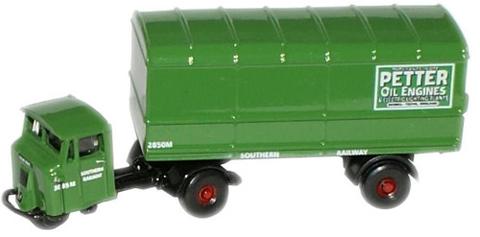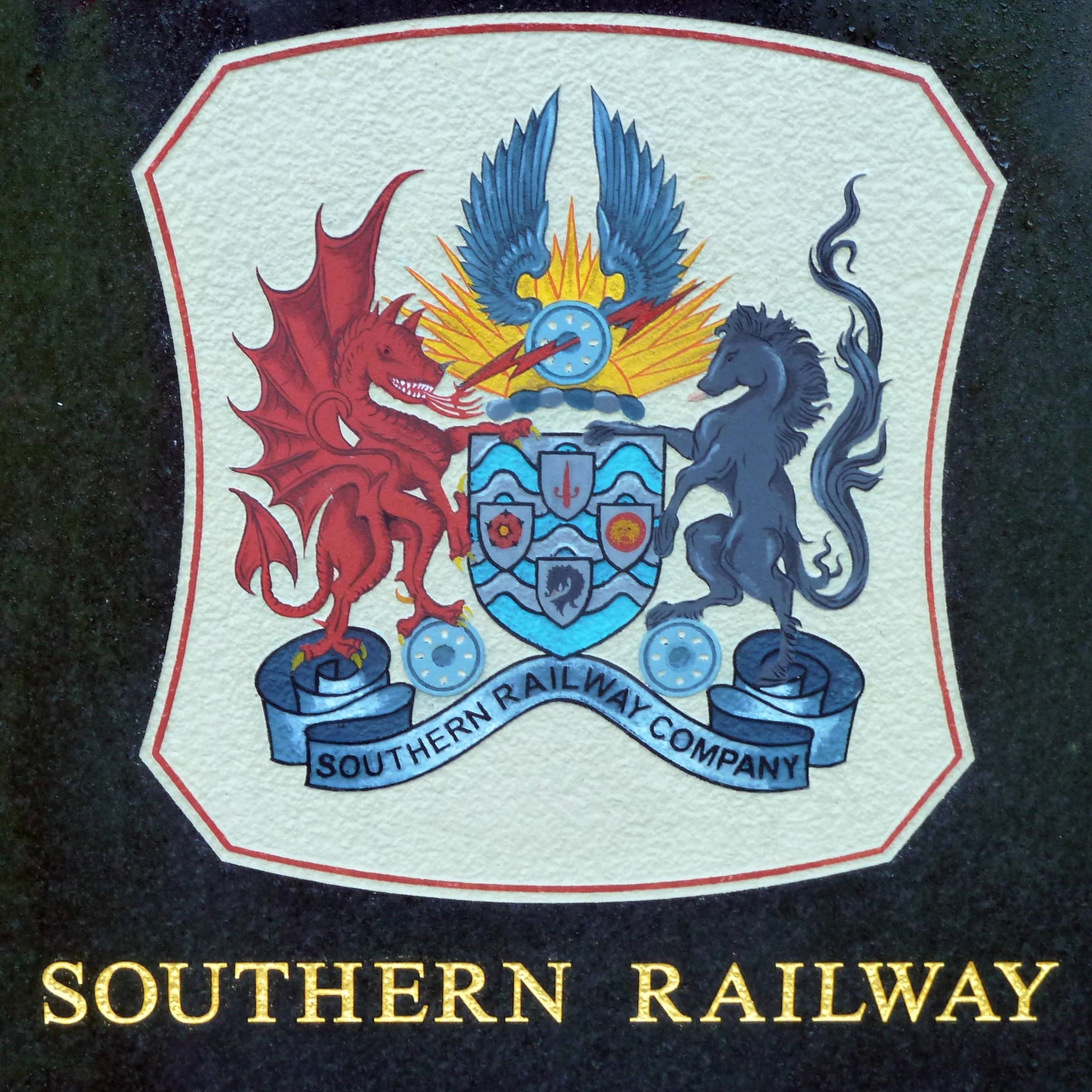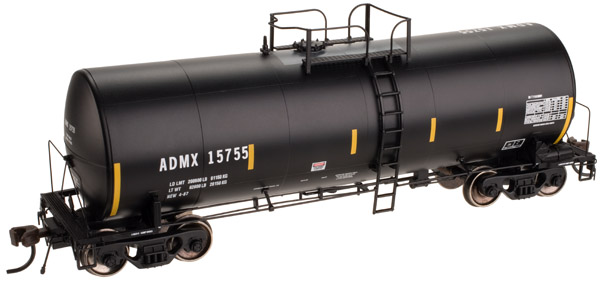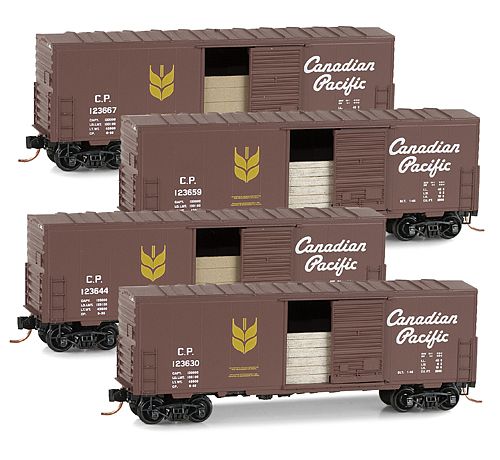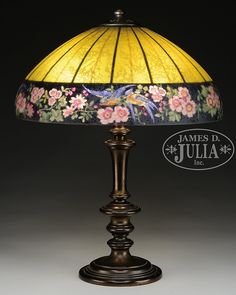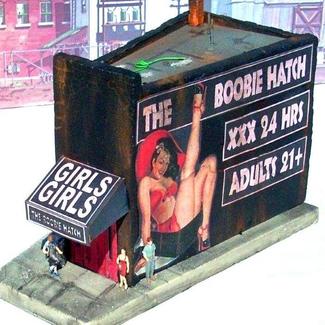Specific Item Information: The Mechanical Horse was a very simple and sturdy vehicle constructed on a steel channel frame with a cab made of wood, the early versions having canvas doors. It came in two sizes, capable of carrying loads of 3-ton and six ton. The vehicles were very manoeuvrable and had a road speed of about 20 mph and could do between 10 and 20 mpg.
Road Name History: The Southern Railway (SR), sometimes shortened to 'Southern', was a British railway company established in the 1923 Grouping. It linked London with the Channel ports, South West England, South coast resorts and Kent. The railway was formed by the amalgamation of several smaller railway companies, the largest of which were the London & South Western Railway (LSWR), the London, Brighton and South Coast Railway (LBSC) and the South Eastern and Chatham Railway (SECR). The construction of what was to become the Southern Railway began in 1838 with the opening of the London and Southampton Railway, which was renamed the London & South Western Railway.
At 2,186 miles (3,518 km), the Southern Railway was the smallest of the Big Four railway companies and, unlike the others, the majority of its revenue came from passenger traffic rather than freight. It created what was at that time the world's largest electrified main line railway system and the first electrified InterCity route (London—Brighton).
The Southern Railway operated a number of famous named trains, including the Brighton Belle, the Bournemouth Belle, the Golden Arrow and the Night Ferry (London - Paris and Brussels). The West Country services were dominated by lucrative summer holiday traffic and included named trains such as the Atlantic Coast Express and the Devon Belle. The company's best-known livery was highly distinctive: locomotives and carriages were painted in a bright Malachite green above plain black frames, with bold, bright yellow lettering.
The Southern Railway was nationalised in 1948, becoming the Southern Region of British Railways.
From Wikipedia
At 2,186 miles (3,518 km), the Southern Railway was the smallest of the Big Four railway companies and, unlike the others, the majority of its revenue came from passenger traffic rather than freight. It created what was at that time the world's largest electrified main line railway system and the first electrified InterCity route (London—Brighton).
The Southern Railway operated a number of famous named trains, including the Brighton Belle, the Bournemouth Belle, the Golden Arrow and the Night Ferry (London - Paris and Brussels). The West Country services were dominated by lucrative summer holiday traffic and included named trains such as the Atlantic Coast Express and the Devon Belle. The company's best-known livery was highly distinctive: locomotives and carriages were painted in a bright Malachite green above plain black frames, with bold, bright yellow lettering.
The Southern Railway was nationalised in 1948, becoming the Southern Region of British Railways.
From Wikipedia
Manufacturer Information: Established in 1993, Oxford Diecast is a British Company that specializes in high-quality die-cast metal vehicles. Produced in various scales, the firm's models are marketed as collector items, gifts, and promotional products. Their largest production goes to OO scale (1:76) and in 2015 they introduced railway products under 'Oxford Rail' brand.
Their N-scale collection is using the 1:148 scale ratio as most British manufacturers.
Their N-scale collection is using the 1:148 scale ratio as most British manufacturers.
Item created by: CNW400 on 2020-04-08 11:02:08. Last edited by gdm on 2021-07-10 14:16:45
If you see errors or missing data in this entry, please feel free to log in and edit it. Anyone with a Gmail account can log in instantly.
If you see errors or missing data in this entry, please feel free to log in and edit it. Anyone with a Gmail account can log in instantly.


